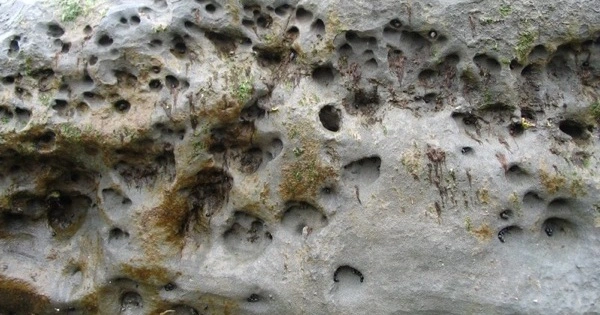Chemical erosion, also known as chemical weathering, is the process by which rocks and minerals are broken down or dissolved by chemical reactions. It happens when certain chemicals in the environment react with minerals in rocks, causing them to decompose or change. Chemical erosion is one of the three major types of weathering, along with physical weathering (mechanical erosion) and biological weathering.
Chemical erosion occurs when certain substances in the environment, such as water, acids, oxygen, and various chemicals, react with the minerals in rocks. These reactions can cause the minerals to dissolve, decompose, or transform, causing the rock to break down.
There are various mechanisms of chemical erosion, including:
- Dissolution: Some minerals are water soluble and can dissolve over time. Acidic rainwater, for example, can dissolve limestone, which is primarily composed of calcium carbonate.
- Oxidation: When exposed to oxygen and water, certain minerals, such as iron-bearing minerals, can oxidize. This causes the formation of iron oxides or rust, which weakens and crumbles the rock.
- Hydrolysis: This reaction of minerals with water results in the breakdown of their chemical structure. Silicate minerals such as feldspar and mica can hydrolyze, resulting in the formation of new minerals such as clay.
- Carbonation: Carbon dioxide (CO2) present in the atmosphere can dissolve in water, forming carbonic acid. Carbonic acid can react with minerals like calcium carbonate, present in rocks such as limestone and marble, leading to their dissolution.
- Acid attack: Acid rain, which contains acidic components like sulfuric acid and nitric acid, can accelerate the chemical erosion of rocks and minerals. Acidic substances can dissolve minerals and weaken the rock structure.
Chemical erosion has a significant impact on the long-term shaping of the Earth’s surface. It can result in the formation of various landforms such as caves, sinkholes, and karst landscapes, which are formed when soluble rocks dissolve due to chemical processes. Furthermore, chemical erosion can contribute to the release and recycling of nutrients in soils, affecting soil fertility.
















